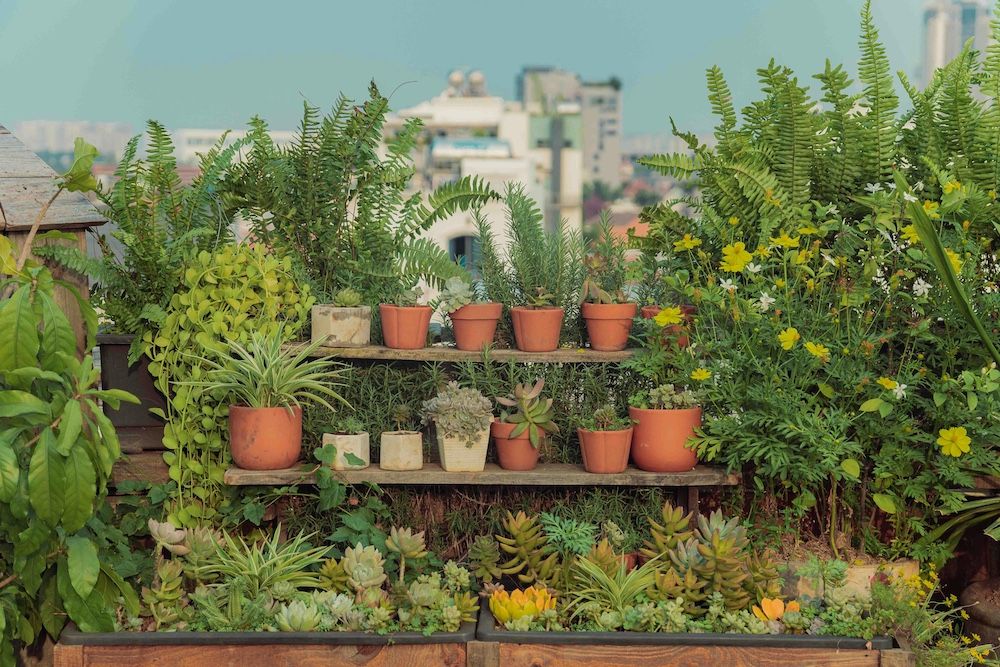The Mid-Autumn Festival is one of China’s traditional holidays, celebrated on the 15th day of the 8th lunar month, symbolizing reunion and harvest. This festival has a rich cultural background, with the most famous story being the legend of Chang'e flying to the moon. According to the legend, Chang’e ascended to the moon to protect the immortality elixir and has lived there ever since. Each Mid-Autumn Festival, people gaze at the bright moon, expressing their longing for loved ones and making wishes, believing that these wishes come true on this night. This tradition not only deepens people's connection to the moon but also reinforces the significance of reunion.
In addition to moon-gazing, people celebrate the festival with various traditional foods. One of the key festive foods is the mooncake. Typically round in shape, mooncakes symbolize completeness and unity. Traditional mooncakes come with fillings such as red bean paste, lotus seed paste, and mixed nuts, while modern varieties include innovative flavors like ice-skin and chocolate mooncakes to cater to diverse tastes. The process of making mooncakes is filled with warmth and unity, as many families choose to prepare them together before the festival, sharing the joy of making and enjoying these treats.
The origins of mooncakes are closely tied to the festival. According to legend, mooncakes were once part of ancient celebrations and gradually evolved into a symbol of the Mid-Autumn Festival. Over time, the tradition of mooncakes has developed, but its core values remain the same: reunion, harvest, and blessings. Whether traditional or innovative, mooncakes carry people's good wishes for a happy life.
Moreover, the Mid-Autumn Festival has profound poetic significance in Chinese culture. The moon has always held a special place in Chinese literature. Many ancient poems praise the moon and express the longing for family reunion during the festival. For example, Su Shi's poem "Shui Diao Ge Tou: Ming Yue Ji Shi You" reflects the poet’s longing for his brother through the depiction of the moon, with the line “I only wish for long-lasting peace, sharing the moonlight across thousands of miles” becoming a classic Mid-Autumn Festival greeting. These poems add cultural depth to the festival, allowing people to experience its profound cultural connotations while enjoying food and family gatherings.
The Mid-Autumn Festival is also a time to preserve Chinese cultural traditions. Various regions celebrate with local特色 activities, such as lantern festivals in southern cities and dragon and lion dances in northern areas. These celebrations enrich the festival’s forms and showcase diverse local customs.
In summary, the Mid-Autumn Festival, combined with its traditions, reflects many significant elements of Chinese culture, including the value of reunion, reverence for nature, and aspirations for a good life. Whether ancient or modern, the emotions and culture conveyed through the Mid-Autumn Festival make it a time filled with poetry and deep feelings.





